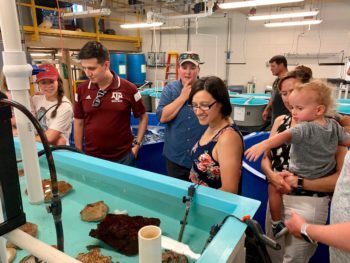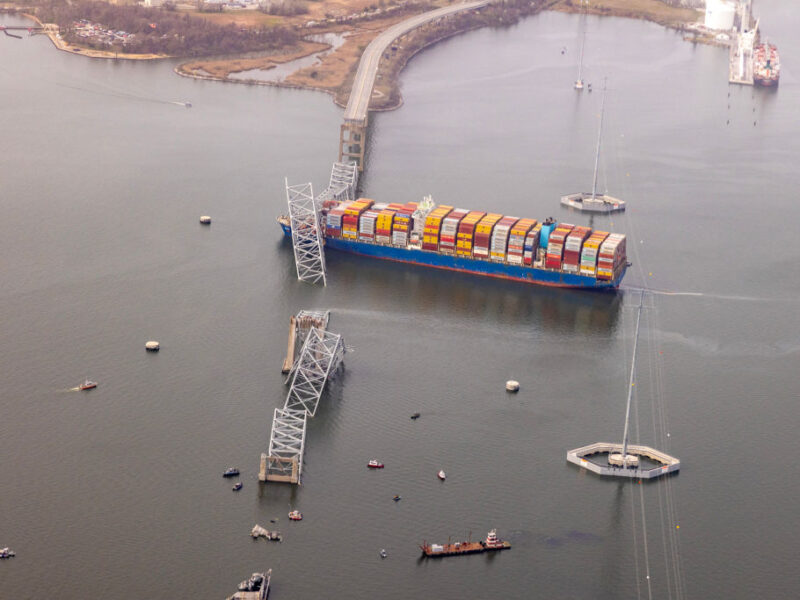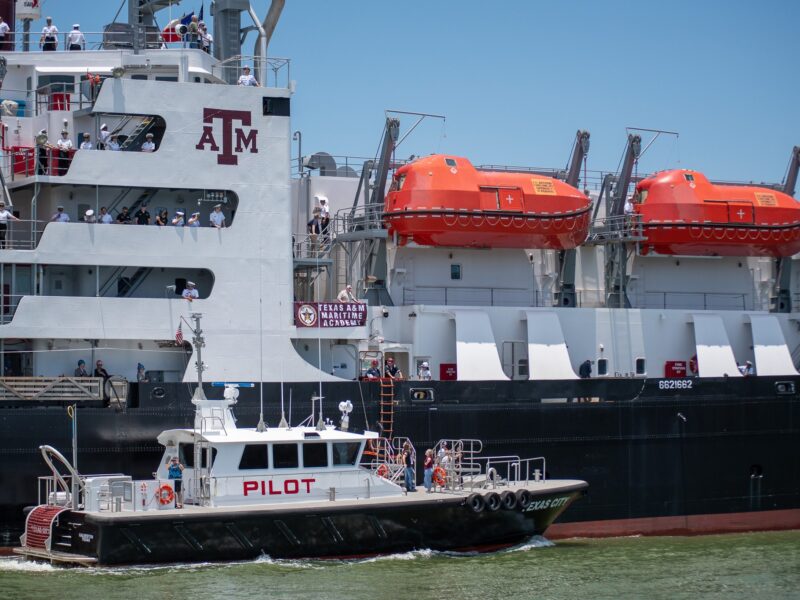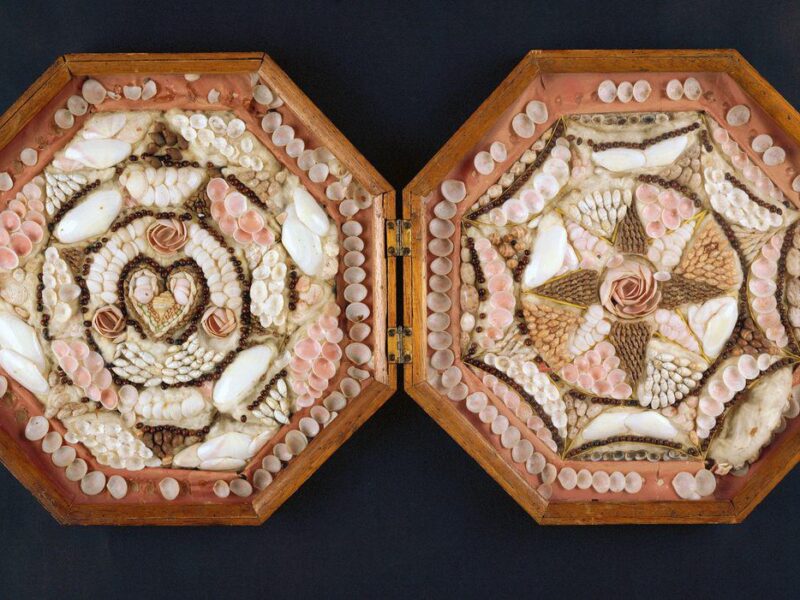Galveston’s Sea Life Facility: Salty Marine Creatures And Interesting Work

Katie St. Clair has loved the ocean her entire life, and she got hooked, so to speak, on marine life at an early age. As the manager of the Sea Life Facility at Texas A&M University at Galveston, you might say she could not fathom working anywhere else – she already has her dream job.
St. Clair became manager of the Sea Life Facility (SLF) in 2015, and her plate is always full – besides running the SLF on the Galveston campus, which receives thousands of visitors each year, she also helps supervise the many research projects associated with it by both faculty and students.
“I consider it an honor to work with our researchers and students, and the most rewarding part of my job is providing hands-on training for our undergraduate students,” she said.
“My entire staff is comprised solely of undergraduate student technicians and internship students, and they are essential to our mission to engage our campus and local community through research, education and outreach.
She said that students learn the ins and outs of marine animal husbandry, water quality chemistry and life support systems, as well as provide critical animal care that enables researchers to conduct experiments.
“The skills and knowledge learned in the SLF ensure our students are competitive for internships, graduate degree programs and professional opportunities at hatcheries, marine animal rehabilitation facilities, and aquariums,” St. Clair said.
The SLF provides an experimental lab to study marine life, and also gives visitors a peek into ocean research being conducted in the Gulf of Mexico.
Recent projects include looking at how organisms respond to environmental stressors, such as how some forms of marine life respond to low dissolved oxygen levels; assessing the salinity and thermal tolerances for jellyfish species; and how phytoplankton and microbes are impacted by spilled oil and dispersants.
Undergraduate research by students include a variety of projects, such as one that investigated the potential of meal substitutes to be used as an alternative plant protein in the culture of channel catfish.
“One of the most unusual species we have worked with are bearded fireworms, also called bristleworms,” she said. “This species inhabits various shallow-water areas and has bristles that can produce an intense irritation and painful sensation if touched. We’re trying to learn as much as we can about it and similar species.”
St. Clair said that depending on the project, organisms used for research in the Sea Life Facility are either collected from the field by students, or purchased from facilities that produce animals for research or from state fish hatcheries.
Working with marine life means working 24-7 and requires total commitment she said, but it’s a privilege to interact with the organisms and learn more about their environments.
“One of the best things about the job is that there are always many questions and mysteries to be solved about life in the ocean, and the Sea Life Facility allows us to dive in and explore to find answers,” she said.
Media contacts:
- Katie St. Clair, 409-741-4392, stclairk@tamug.edu
- Rebecca Watts, Texas A&M at Galveston Communications, rwatts@tamug.edu





